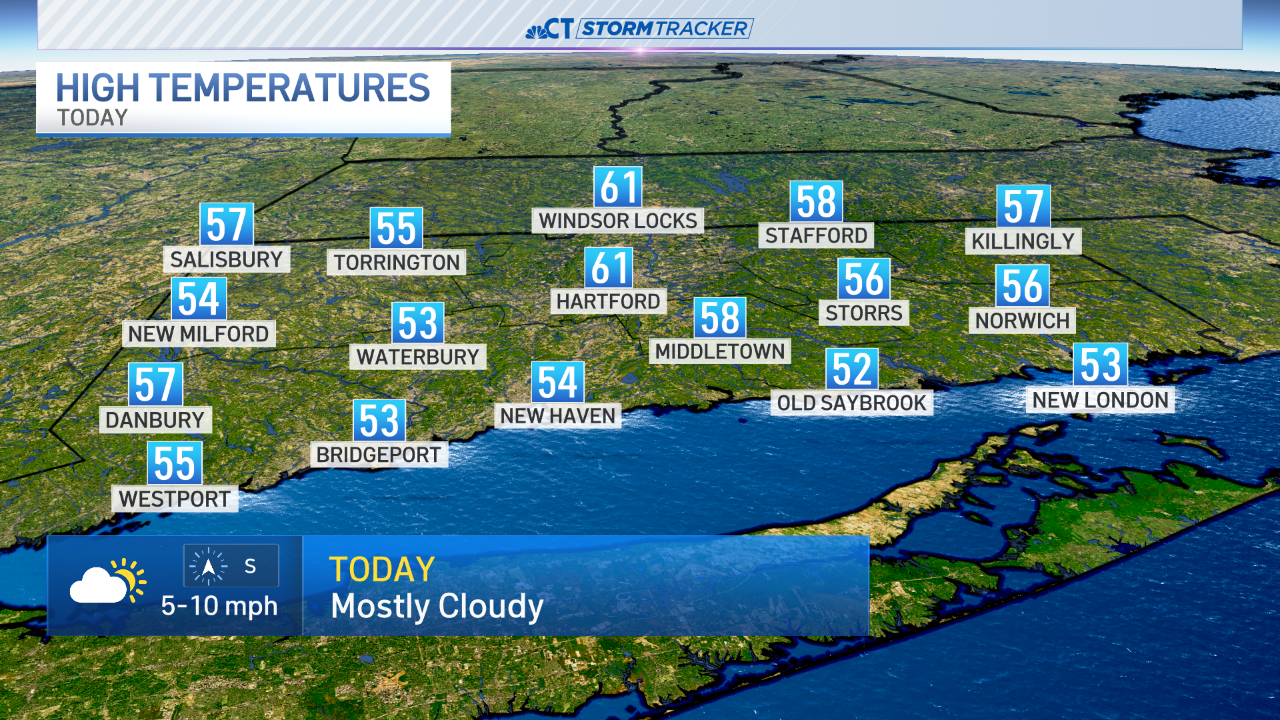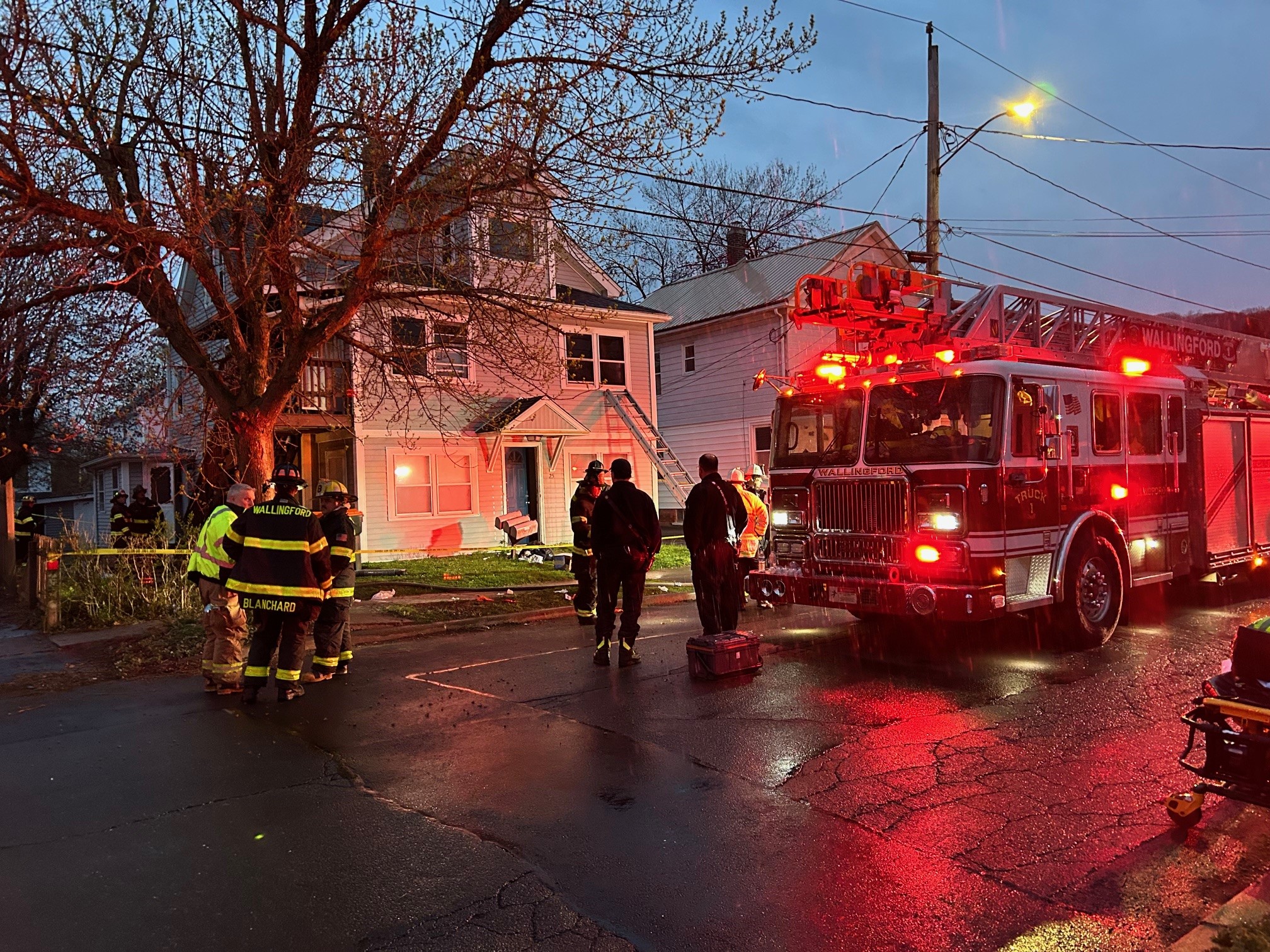In the event of a severe weather:
Watch the sky for approaching dark clouds, increasing winds and flashes of light.
If you hear thunder, you are close enough to the storm to be struck by lightning and should take shelter immediately.
Keep up to date on weather forecasts through local TV broadcasts and radio.
Avoid using electrical equipment/appliances, and preferably unplug things such as televisions, air conditioners and computers. Electrical lines are excellent conductors of electricity.
Do not take baths or showers during storms, as water is an excellent conductor of electricity. Use as little water as possible during storms.
Draw blinds and shades over windows as a precaution to prevent windows shattering into your home, should they be broken by blowing debris.
Stay away from all types of bodies of water. If you are boating or swimming, get to land and find shelter immediately.
Local
Secure outdoor objects, such as lawn furniture, that could blow away or cause damage or injury.
The Storm Prediction Center from the National Oceanic and Atmospheric Administration urges:
Avoid windows.
Get in the basement and under some kind of sturdy protection, like a heavy table or work bench, or cover yourself with a mattress or sleeping bag. Know where very heavy objects rest on the floor above and do not go under them because they might fall down through a weakened floor and crush you. Head protection, such as a helmet, can offer some protection also.
If you live in a place without a basement, such as an apartment, go to the lowest floor, a small center room, like a bathroom or closet, under a stairwell, or in an interior hallway with no windows.
Crouch as low as possible to the floor, facing down; and cover your head with your hands. A bath tub may offer a shell of partial protection. Even in an interior room, you should cover yourself with some sort of thick padding (mattress, blankets, etc.), to protect against falling debris in case the roof and ceiling fail. A helmet can offer some protection against head injury.
Know where you can take shelter in a matter of seconds and have a pre-determined place to meet after a disaster.
Forget about opening windows to equalize pressure; the tornado will blast open the windows for you.
In a car or truck:
If the tornado is visible far away and the traffic is light, you may be able to drive out of its path by moving at right angles to the tornado. Seek shelter in a sturdy building, or underground if possible. If you are caught by extreme winds or flying debris, park the car as quickly and safely as possible -- out of the traffic lanes. Stay in the car with the seat belt on. Put your head down below the windows; cover your head with your hands and a blanket, coat, or other cushion if possible. If you can safely get noticeably lower than the level of the roadway, leave your car and lie in that area, covering your head with your hands. Avoid seeking shelter under bridges, which can create deadly traffic hazards while offering little protection against flying debris.
Have a storm kit:
Connecticut Light & Power recommends that your kit contain:
- Flashlights with spare batteries
- A battery-operated radio or TV
- First-aid kit and medications
- Canned, freeze-dried or dehydrated foods
- A manual can opener
- Bottled water
- Baby or pet supplies (if needed)
- Important phone numbers
After a tornado:
Keep your family together and wait for emergency personnel to arrive. Carefully render aid to those who are injured. Stay away from power lines and puddles with wires in them; they may still be carrying electricity. Watch your step to avoid broken glass, nails, and other sharp objects. Stay out of any heavily damaged houses or buildings; they could collapse at any time. Do not use matches or lighters, in case of leaking natural gas pipes or fuel tanks nearby. Remain calm and alert, and listen for information and instructions from emergency crews or local officials.
More information is available on the American Red Cross Web site.
If CL&P customers do lose power, report the outage by calling CL&P at 800-286-2000. This system will also provide restoration estimates as soon as they’re available.



